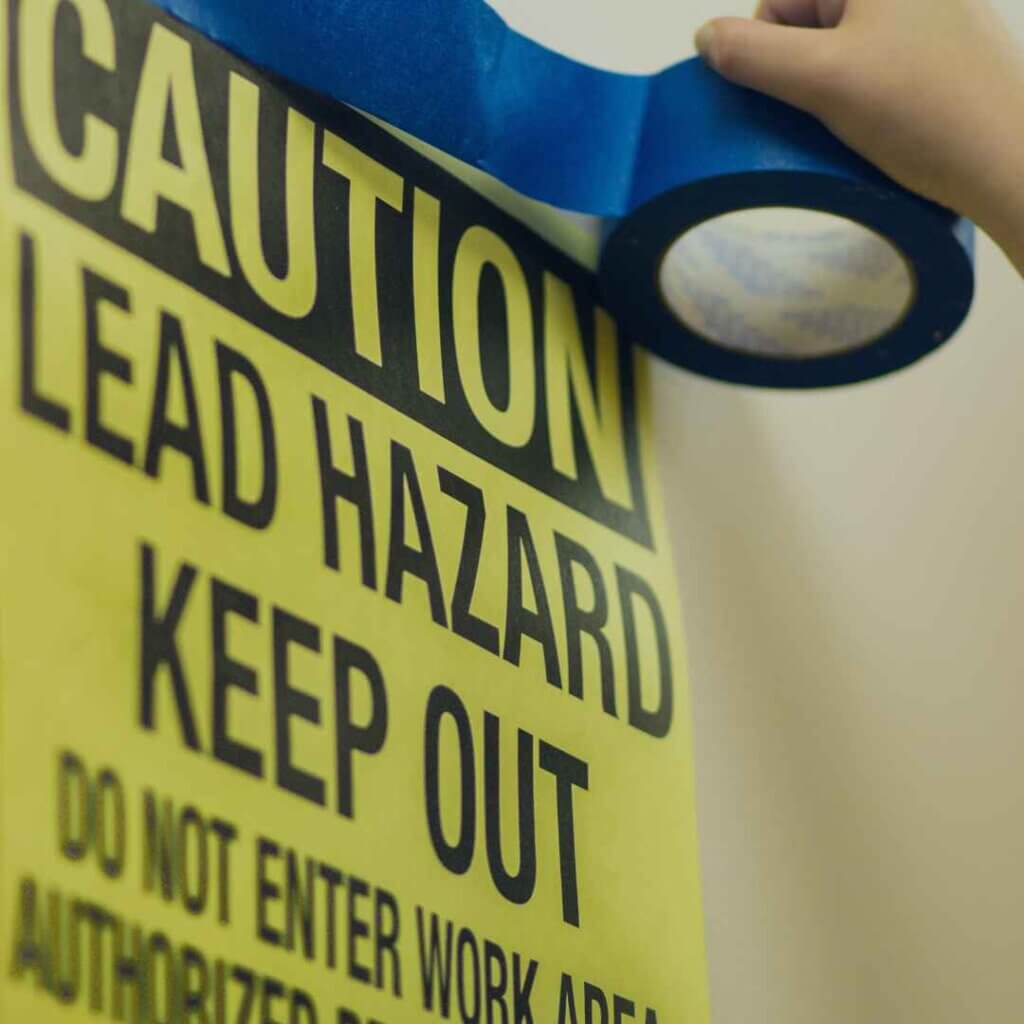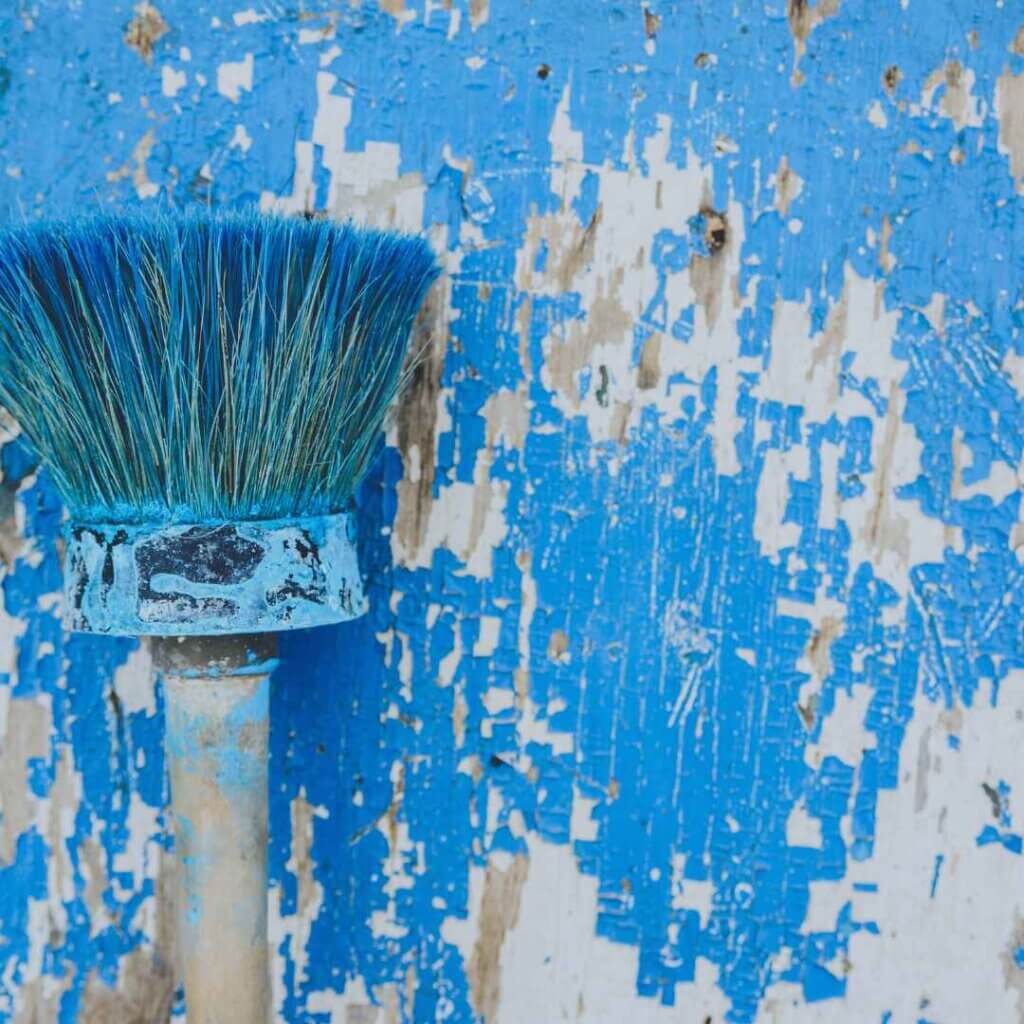How to Protect Your Family When You Remove Lead Dust?
How to Protect Your Family When You Remove Lead Dust?
Lead dust contamination can pose significant health risks to you and your family. It is crucial to take proactive steps to protect your loved ones from the harmful effects of lead exposure and when you remove lead dust. In this comprehensive guide, we will explore various strategies, precautions, and best practices to safeguard your family from lead dust contamination and needing to remove lead dust. From understanding the dangers of lead dust to implementing preventive measures, this article covers everything you need to know. Let’s dive in and create a safe and healthy environment for your family.
Understanding the Dangers of Lead Dust Contamination
Lead dust contamination is a serious concern due to the toxic nature of lead. When lead-based paint deteriorates or is disturbed, it can release lead dust particles into the air. Inhalation or ingestion of these particles can result in lead poisoning, particularly in young children. The effects of lead poisoning can be detrimental to cognitive development, causing learning disabilities, behavioural problems, and even long-term health issues. By understanding the dangers associated with lead dust contamination, you can take appropriate measures to remove lead dust and protect your family.
Identifying Potential Sources of Lead Dust
To effectively protect your family from lead dust contamination, it is crucial to identify potential sources within your home. Lead-based paint is a common source, especially in older houses built before the 1970s. It is important to note that even if newer layers of paint cover the lead-based paint, the dust can still be a concern when it becomes exposed due to wear and tear or renovation work. Other potential sources of lead dust include lead-contaminated soil, water pipes, imported ceramics, and certain consumer products. Conduct a thorough inspection of your home to identify these potential sources and take appropriate actions to remove lead dust, if required.
Conducting Lead Dust Testing in Your Home
Regular lead dust testing is essential to ensure the safety of your family. Testing can help you identify areas in your home with elevated levels of lead dust and take necessary remedial actions. Professional lead inspectors can use specialised equipment to conduct comprehensive testing. They collect dust samples from various surfaces, including floors, windowsills, and door frames, and send them to accredited laboratories for analysis. It is recommended to hire a certified lead inspector to ensure accurate results and proper interpretation of the findings.
Effective Lead Dust Removal Techniques
When it comes time to remove lead dust, it is crucial to follow safe and effective techniques to minimise the risk of exposure. Engaging a professional lead abatement service is the best approach for thorough and efficient removal. They possess the knowledge, expertise, and equipment required to safely remove lead dust while adhering to regulatory guidelines. If you choose to remove lead dust yourself, ensure you follow appropriate precautions, such as wearing protective gear, using wet cleaning methods, and properly disposing of the lead-contaminated materials. However, DIY methods may not be as effective as professional services in completely eliminating lead dust.
Cleaning and Maintaining Lead-Free Living Spaces
Once you remove lead dust, it is crucial to maintain a lead-free living environment for your family. Regular cleaning practices play a vital role in minimising lead dust accumulation. Use damp cloths or mops to clean surfaces, vacuum with HEPA filters, and ensure proper hygiene in areas where lead exposure is more likely, such as playrooms and high-traffic areas. Additionally, regularly inspect your home for any signs of deteriorating paint or potential lead hazards. Promptly address any issues to prevent the reoccurrence of lead dust contamination and the need to remove lead dust.
Creating a Lead-Safe Environment for Children
Children, especially infants and toddlers, are particularly vulnerable to lead exposure. It is essential to create a lead-safe environment for them to ensure their well-being. Start by limiting access to areas where lead dust may be present, such as renovation zones or older parts of the house. Regularly wash children’s hands and toys, as they can easily come into contact with lead dust. Encourage a balanced diet rich in iron, calcium, and vitamin C, as these nutrients can help reduce lead absorption in the body. Regular check-ups and blood tests can also help monitor lead levels in children.
Lead Dust Contamination in Older Homes
Older homes, particularly those built before the 1970s, have a higher likelihood of containing lead-based paint. If you reside in such a property, it is important to take extra precautions to protect your family from lead dust contamination and when needing to remove lead dust. Conduct a comprehensive inspection to identify areas with deteriorating paint or potential lead hazards. Implement preventive measures such as encapsulation or removal of lead-based paint, sealing cracks, and ensuring proper ventilation. Regular maintenance and vigilant monitoring are essential to ensure a lead-safe living environment.
Frequently Asked Questions (FAQs)
What are the health risks associated with lead dust contamination?
Lead dust contamination can lead to lead poisoning, which can cause cognitive and developmental issues in children. It may also result in various health problems in adults, such as high blood pressure, kidney damage, and reproductive issues.
How does lead dust enter our homes?
Lead dust can enter homes through deteriorating lead-based paint, contaminated soil, imported goods, or water pipes made of lead. It can also be brought in on shoes, clothing, or other materials from outside sources.
Can lead dust be invisible to the naked eye?
Yes, lead dust particles can be invisible to the naked eye. They are fine and can settle on surfaces, making it essential to conduct regular lead dust testing to identify potential contamination and remove lead dust, if required.
How often should lead dust testing be done?
For homes with a higher risk of lead dust contamination, such as older properties or those located near industrial areas, it is recommended to conduct lead dust testing at least once every two years. However, it is best to consult with a certified lead inspector for personalised advice based on your specific circumstances and when needing to remove lead dust.
Are DIY lead dust removal methods effective?
DIY lead dust removal methods can be partially effective if proper precautions are followed. However, it is important to note that professional lead abatement services have the expertise and equipment necessary to ensure thorough and safe removal of lead dust.
Can lead dust be present in newer homes?
While newer homes are generally constructed with lead-free materials, there may be certain instances where lead dust can still be present. For example, imported products, renovations, or repairs involving older materials may introduce lead contamination. It is always recommended to remain vigilant and address any potential lead hazards promptly.
Protecting your family from lead dust contamination is of utmost importance to ensure their health and well-being. By understanding the dangers associated with lead exposure, identifying potential sources of lead dust, conducting regular testing, implementing effective techniques to remove lead dust, and maintaining a lead-free living space, you can create a safe environment for your loved ones. Remember to engage professional services when necessary and take proactive measures to prevent lead dust contamination in older homes and to remove lead dust. With proper knowledge, precautions, and ongoing vigilance, you can protect your family from the harmful effects of lead dust contamination.
Why Choose AllAces?
AllAces Cleaning & Restoration has more than 35 years of industry experience, offering efficient and effective lead removal services. Our trained and IICRC-certified technicians have the experience to ensure lead decontaminations are completed safely and in line with disposal regulations. Don’t risk the health and safety of your family but trying to remove lead dust on your own.



